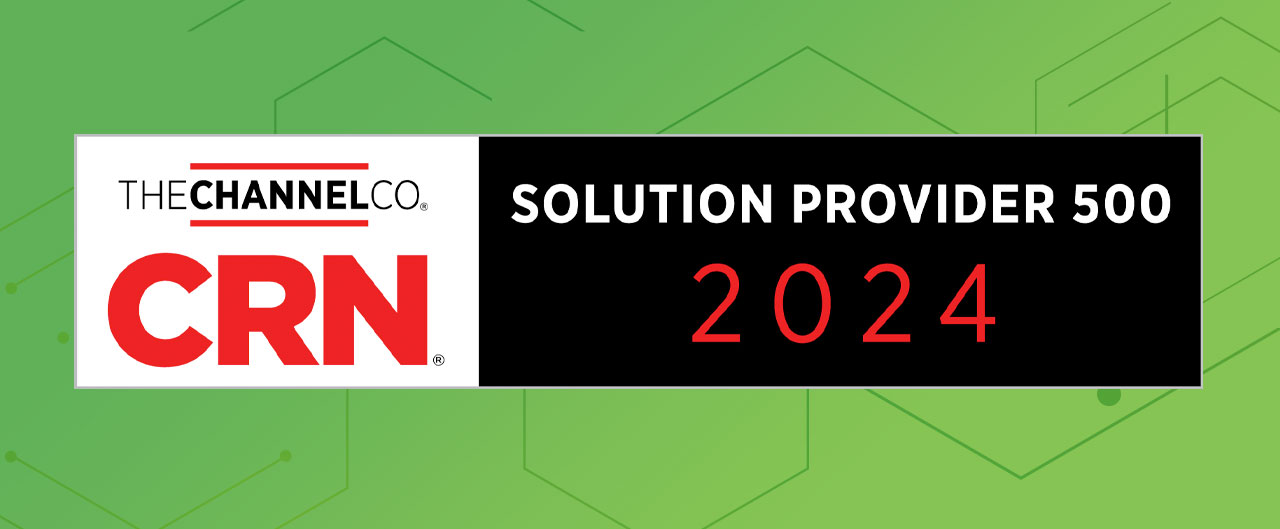By Duncan Goode
Originally published on Hewlett Packard Enterprise’s Enterprise.nxt digital publication.
If it’s been a while since you’ve read your support contract, you may have access to an experience that can significantly help support your remote teams.
Today’s world is full of threats to business continuity, from health dangers to frequent and powerful storms, and on to threats we haven’t yet even imagined. A business’s digital infrastructure is vital in efforts to keep everything running when hazards hit.
Guided by ingenuity and instinct, enterprises have often had to rely on ad hoc ways when put to the test. But ad hoc is not good enough in a world in which disruption is common. A more structured way and a new set of tools are required to make sure IT can keep businesses running no matter what the world throws at it.
A new IT support experience is here to help, providing enterprises with capabilities to remotely manage digital infrastructure when away from the office or even when at home. They increase efficiency, allowing teams to manage more with less, and include new devices with the intelligence to understand issues, which enables faster diagnoses and stops problems before they start.
Hidden benefits
You might already be paying for remote IT support capabilities that can help during times of crisis—an experience you may not be aware of or haven’t yet taken advantage of. So it’s time to review your service contracts and understand all the capabilities you have access to and how they can help. Capabilities to watch for include:
- Support tools that let administrators manage many devices at once, allowing IT to remotely manage services and other devices at scale. These tools can help efficiently manage servers, resolve issues quickly, and keep your business running from anywhere in the world.
- Analytics tools, powered by artificial intelligence and machine learning, that provide insights to manage and support infrastructure. These tools simplify IT operations by predicting and preventing problems across the infrastructure stack and making decisions that optimize application performance and resource planning.
- Real-time telepresence tools that provide support for remote or isolated sites using live, visually guided collaboration—essentially using a co-pilot to provide a high level of expertise at a distance.
Manage many devices at once
Tools in this category manage multiple devices remotely, from a single point of presence, no matter the location. Infrastructure is managed remotely via remote consoles, and analytics help increase accuracy, meaning problems can be solved more quickly.
Such tools offer far more than basic server management. They can manage and apply bulk firmware and software updates, enabling IT administrators to be more efficient and reduce the proliferation of problems through a standard operating environment. They also offer virtual boot media, recovery images, and a security layer to ensure that only those who are authorized can remotely control and install software on servers. In addition, they can monitor power and cooling and remotely detect airflow issues and cooling failures.
Look for a tool that analyzes server usage and performance and that dynamically tunes server resources to match unique workloads. Remote dashboards are a must as well, to see at a glance each server’s vital statistics, such as system health, whether power is on or off, diagnostics, and remediation settings if servers face security risks. They should have strong security credentials and link to corporate services and audit trails.
Remote IT services: Reduce unplanned downtime with automated, remote monitoring of servers, storage, and networking technologies.
The following is just one example of how these kinds of remote tools can help manage infrastructure in a disaster.
A Miami-based service provider supports airlines in the U.S. and Central and South America by making sure their IT infrastructure can be accessed and protected. During the record-breaking 2017 hurricane season, as Hurricane Irma headed toward Florida, the service provider contacted its clients and suggested shutting down unnecessary servers in advance of the storm’s impact. They agreed, and before the storm hit land, the provider remotely accessed customer sites with remote management tools and shut down servers. That saved data, prevented potential hardware damage, and ultimately led to a quick recovery.
After the storm passed, and despite no Internet access, the service provider was able to get service through a mobile hotspot, log into its customers servers, and bring them back online—which saved time and countless travel costs and avoided hundreds of other headaches.
Analytics tools powered by AI and machine learning
Analytics powered by AI and machine learning, using vast amounts of data gathered from servers and other hardware, can dramatically improve the ability to quickly diagnose and solve problems remotely. Infrastructure has become so complex that a single engineer using a hands-on approach may not be able to solve many problems. But thanks to these new remote analytics, enterprises can have a reliable way to get expert knowledge without having experts in-house.
These tools are particularly powerful because they can gather data from remote sensors in locations across the globe and combine information to solve problems more easily. Think of it as gathering information locally and then using that combined data to deal with any issue anywhere globally.
Here’s just one example of how these kinds of tools can quickly solve problems remotely. A business was impacted when a storage array’s performance was severely degraded, causing a serious disruption with production. The company couldn’t solve the problem and called its support vendor. It was the kind of issue that typically would take a long time to resolve—via traditional support processes that use manual detection by an engineer—or not be fixed at all.
But remote analytics, device telemetry, and deep diagnostics quickly uncovered the root cause: a memory leak that impacted a critical data service. In a complex system like a storage array, it’s the kind of problem that can be exceedingly difficult to identify, because when a system runs out of memory, any one of thousands of processes and services can be the culprit. However, in this case, data scientists programmatically scanned logs and memory allocations and quickly resolved the issue.
A software bug that wasn’t freeing memory was identified. The data scientists then used those preconditions to find 180-plus other customers that were susceptible to the same issue. In addition, they were able to project forward in time to predict on what date those customers were going to hit that problem.
When traditional methods of support are used, this would have been the end of the process. But because deep analytics were used, it was only the beginning. Backed by data science, AI, predictive analytics, and connected devices, the issue was fingerprinted and is now checked across the entire enterprise and any other enterprises that use the support vendor. Based on the information gathered, multiple enterprises can now deploy measures to prevent issues that cause unplanned outages.
Real-time telepresence tools
With telepresence tools such as virtual reality wearable devices, IT experts can always be close at hand, even during times of disruption and crises. The tools allow for “co-piloting,” meaning remote experts collaborate live with people on site. Using a wearable computing device, a remote support engineer can see in real time what the on-site worker sees and guide the worker through the steps needed to solve the problem.
The tools are even more powerful when combined with live chat and virtual face-to-face meetings. Workers and support experts can share desktops and interact in real time using a high-quality personal audio and video connection. All this leads to faster, more accurate maintenance and repairs. Productivity and uptime are increased, while operating costs are reduced.
In a typical example of how these tools help, a major national retailer was running a remote distribution center, and it was vital that the center not face any unplanned outages. On-site staff were not technically skilled, and the center had an outage because solid-state drives in some of its servers had not been replaced correctly. Using remote virtual reality devices, support staff walked the remote staff through first identifying which SSDs needed to be replaced and then through replacing them. The remote staff was also guided to fix other problems, such as cables plugged into server networking ports incorrectly.
Remote virtual reality wearables have been used in many other ways to provide support for the retailer, which has helped reduce on-site visits by 98 percent. The wearables reduced the amount of time it takes to diagnose an issue by 60 to 75 percent and have been two times faster at solving problems than traditional methods.
Always available
With these tools, your enterprise doesn’t have to feel as if it’s on its own when support is needed. Remote expert assistance is always available, ready with sophisticated tools powered by AI, machine learning, remote sensors, and virtual reality. That’s particularly important during times of disruption, when IT and support staff may not be able to be present physically to maintain, manage, and troubleshoot infrastructure. So while disruption may be inevitable, you can now be prepared for whatever the world throws at you.
This article/content was written by the individual writer identified and does not necessarily reflect the view of Hewlett Packard Enterprise Company.
Copyright 2020 Hewlett Packard Enterprise Development LP. Originally published on Hewlett Packard Enterprise’s thought leadership platform “Enterprise.nxt,” written by Duncan Goode. https://www.hpe.com/us/en/insights/articles/managing-it-infrastructure-remotely-2005.html. Reproduced with Permission.





